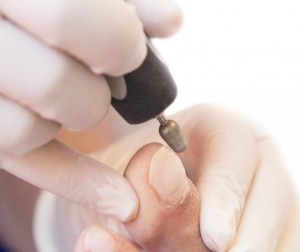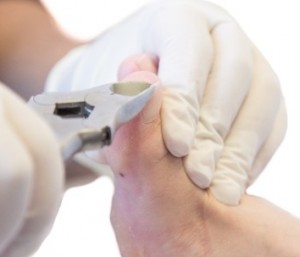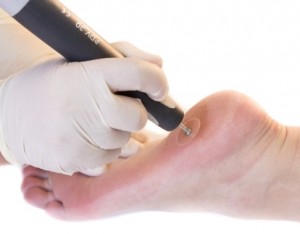Keryflex is a cosmetic nail restoration treatment performed by our podiatrists that transforms the appearance of toenails to leave them looking healthy and natural in one single appointment.
Why Keryflex Toenail Restoration?
These days, it’s common to be dissatisfied with the appearance of your toenails. There are a lot of things that can change the appearance of our toenails for the worse, transforming them from their healthy pink to looking white or yellow, brittle, flaky or having a moth-eaten appearance. These changes can happen for a range of reasons, including the natural ageing process, being squashed inside tight and narrow-fitting footwear, being stubbed and having things dropped on them, the nails being vulnerable to fungal infections and conditions like psoriasis – and plenty more.
Cosmetic Nail Restoration Creates Clear, Natural-Looking Nails
Keryflex nail restoration transforms nails in one appointment from looking discoloured and damaged (or however your nails are looking now in their current state) to being shiny, clear and healthy-looking. It does this by creating an artificial nail over the existing nail that looks, feels and acts like a real nail. What we love is that it doesn’t cause any damage to the nail beneath and it lets the original nail grow out while looking great.
Keryflex Nail Benefits
Keryflex nails are light, flexible and natural – so they move naturally with the toes instead of rigid, damaging alternatives that you may find at a salon. The nail is non-porous and doesn’t allow moisture to penetrate between the natural nail and the Keryflex nail. This means it won’t irritate or cause further damage, and it won’t exacerbate any existing fungal nail infections or other conditions that you may have. In fact, Keryflex contains an antifungal (Piroctone Olamine) to help interfere with the growth of existing fungal infections.
Safe And Sterile Application
As the nail is applied in our clinic by a registered podiatrist, it is done under very strict hygiene and safety protocols. We know many people are concerned about picking up fungal infections from traditional nail salons that do not sterilise their instruments between nail services or have poor disinfection standards. This is where our processes excel and give you peace of mind about the safety of your feet and nails.
You Can Treat Your Keryflex Nail Like A Real Nail
We love that Keryflex toenails can be treated like real nails – you are free to paint them, use acetone to remove nail polish, and generally pamper or treat your feet however you’d like. For many women, this gives them the confidence to wear open-toed sandals and shoes that they may otherwise feel self-conscious about and avoid.
Keryflex Results
Here are some before and afters of the Keryflex treatment on a range of nails with different levels of toenail damage.
Frequently Asked Questions
What if I only have a small amount of toenail left on my toe?
For Keryflex to work, you only need approximately 15% of the nail at the base to apply the treatment – so don’t let a small or short nail stop you. We should note that Keryflex can’t be applied to toes with no nail, as it needs to bond to the natural nail and not the skin.
How long does it take to create Keryflex nails?
Not long at all. Keryflex appointments take approximately 30 minutes, and the results are instant.
Is Keryflex safe for everyone?
There are only a few instances where we wouldn’t recommend Keryflex nails as it is a very safe and effective treatment. Those with peripheral vascular disease, peripheral neuropathy, ingrown toenails, and conditions that affect their ability to feel their feet should have a check with our podiatrists first to assess their suitability. The same goes for women who are pregnant or have allergies to products that may be used in the system. We never perform this treatment without checking a person’s suitability first. If you have any questions, please give us a call or send us an email.
Can I do DIY Keryflex at home?
Keryflex is a professional treatment that can only be carried out by those that have been trained in their application, as well as in patient safety in doing so. As such, it is not available as a home treatment.
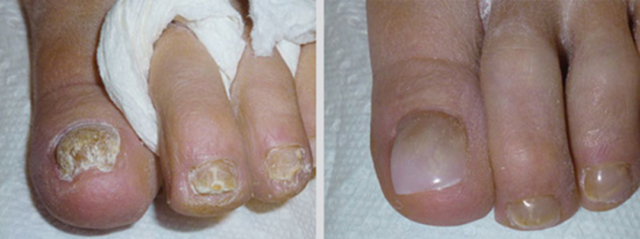

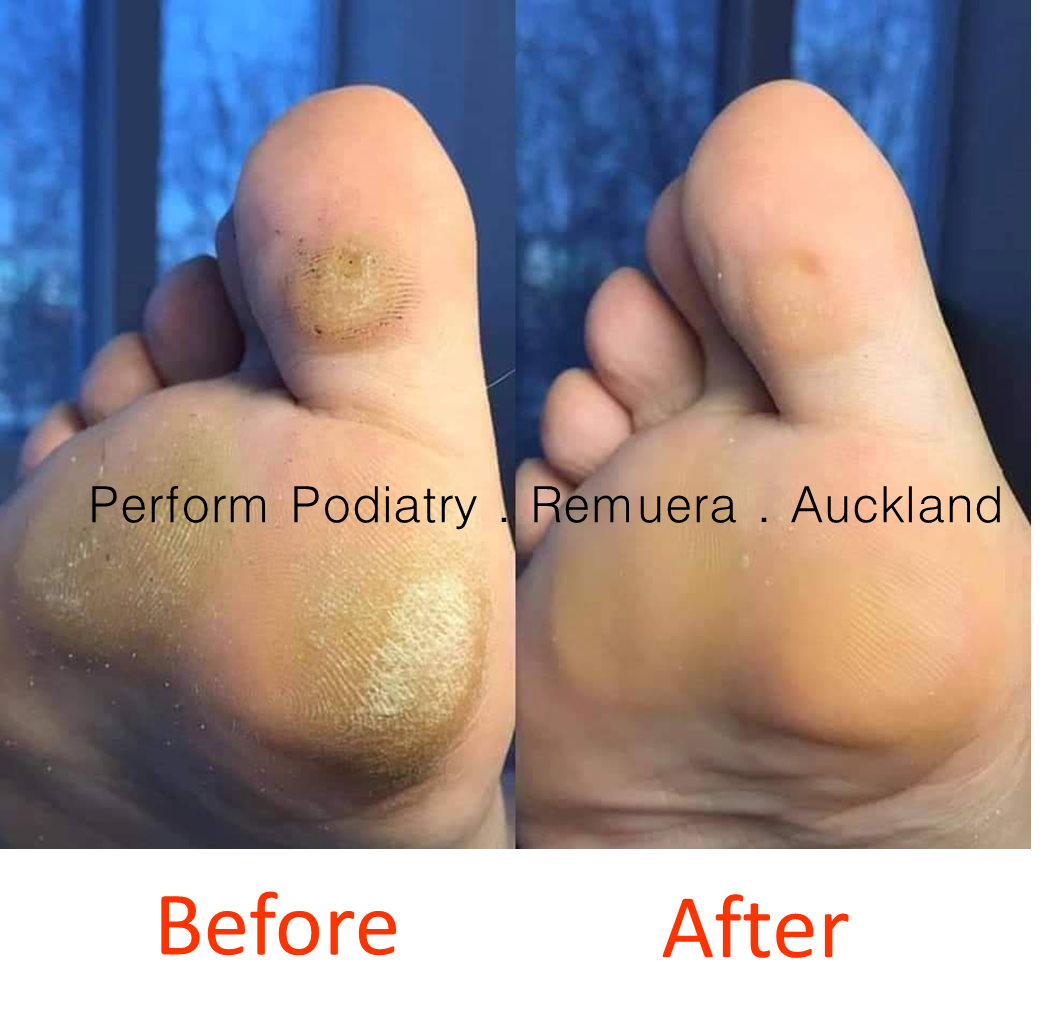
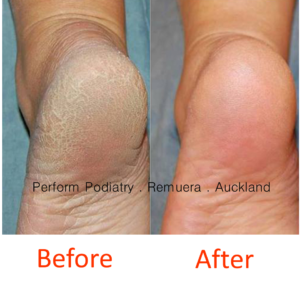
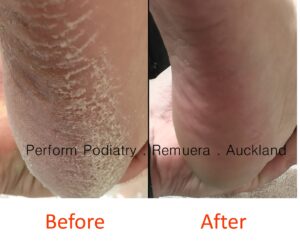
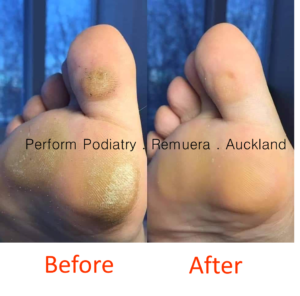
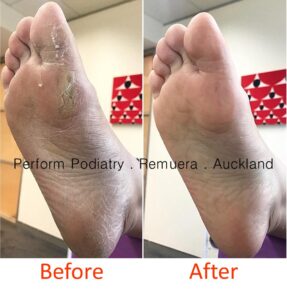
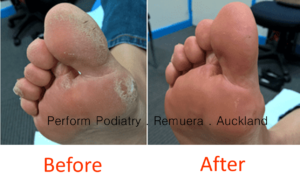
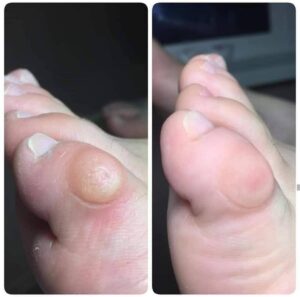

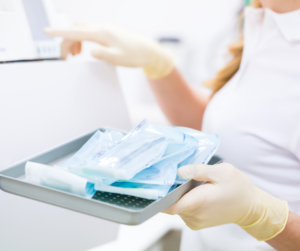 Our medical pedicures start with trimming your toenails using our German-made and individually steam-sterilised nail clippers, reducing any hard areas of dry, dead callused skin, removing any corns from the feet and toes, treating and reducing any cracks in the heels, and managing similar problems using a surgical-grade scalpel.
Our medical pedicures start with trimming your toenails using our German-made and individually steam-sterilised nail clippers, reducing any hard areas of dry, dead callused skin, removing any corns from the feet and toes, treating and reducing any cracks in the heels, and managing similar problems using a surgical-grade scalpel.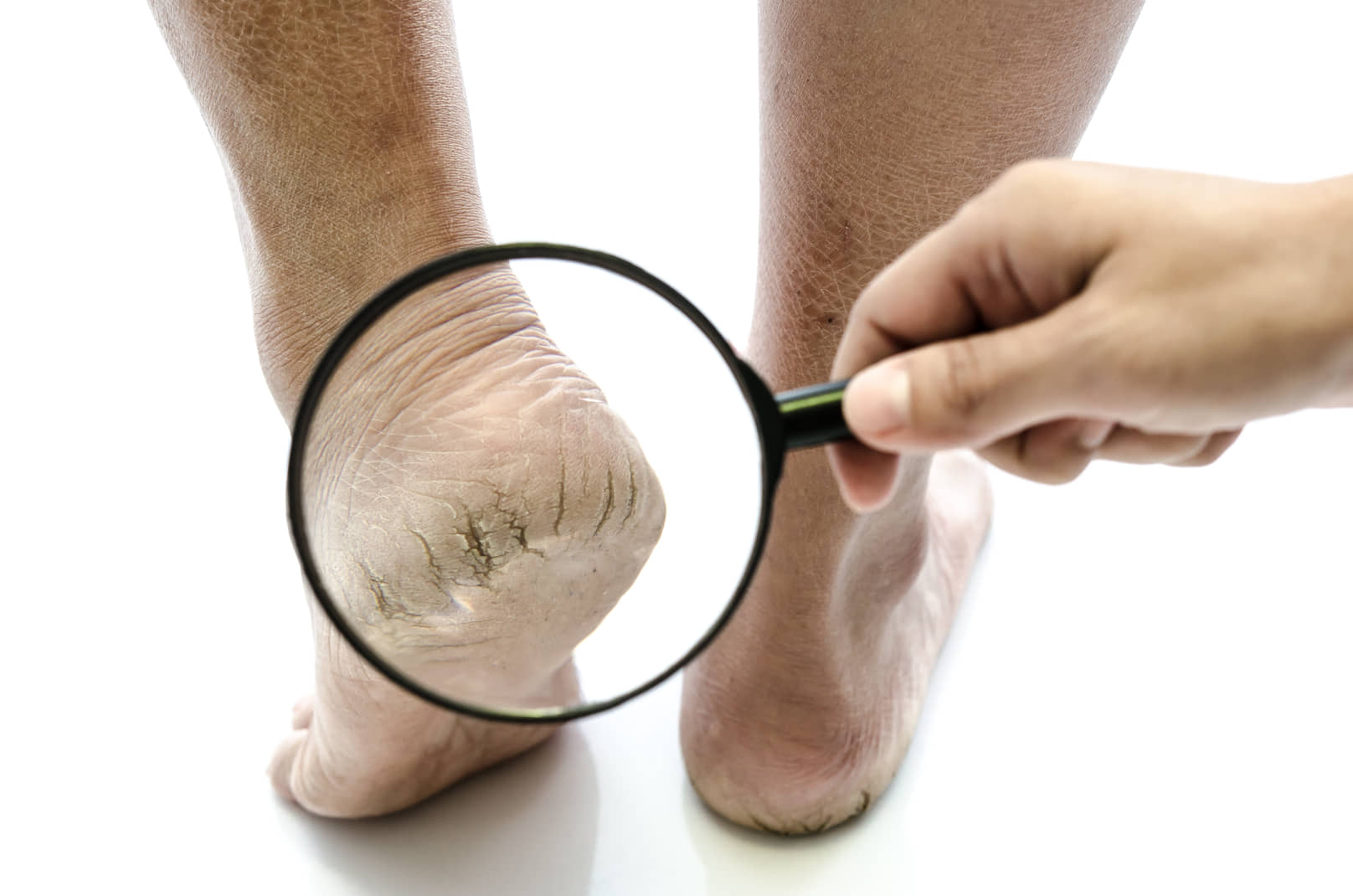
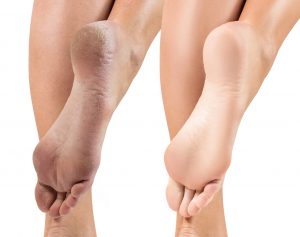
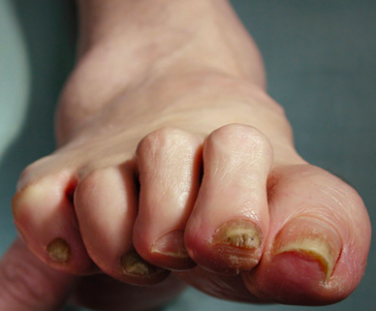
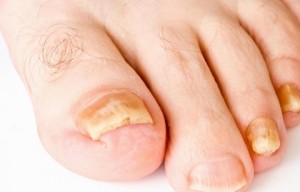 The solution is a simple test that we perform in the clinic using a small sample of your nail. Simple! The test detects the presence of fungus in the sample, and if it’s positive, two lines appear on the strip – very much like a pregnancy test! It’s 99.9% accurate and once we know what the problem is (or isn’t), we map out the best treatment for you
The solution is a simple test that we perform in the clinic using a small sample of your nail. Simple! The test detects the presence of fungus in the sample, and if it’s positive, two lines appear on the strip – very much like a pregnancy test! It’s 99.9% accurate and once we know what the problem is (or isn’t), we map out the best treatment for you 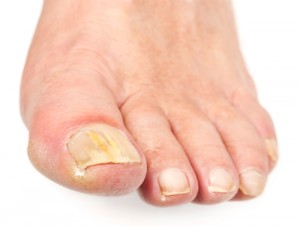
 When you come in contact with the fungus and your immune system doesn’t clear the infection before it takes hold, the symptoms will begin. Certain conditions do make people more susceptible to infection. These include:
When you come in contact with the fungus and your immune system doesn’t clear the infection before it takes hold, the symptoms will begin. Certain conditions do make people more susceptible to infection. These include: